Laser cutting is one of the technologies we use the most in Bitfab along with additive manufacturing.
It has multiple advantages that we have already told you about, but today we want to tell you what files you can use to make your parts by laser cutting.
Are you interested? Then grab a seat!
📖 What do you want to read?
What can be done with laser cutting?
Depending on what you want to do, you will have to use one type of format or another. Below we will tell you about the most common types of tasks and the format you should use.
Engraving images using BMP
Engraving an image using a laser requires a bitmap file (BMP). This is nothing more than a table containing the information of an image but discretized into points, each point having a different value that will mark the intensity of that pixel. This format is the result of a process called rasterization, by which a computer-generated image (vector) is adapted to be displayed on a screen, printed or laser engraved. It is also suitable for displaying photographs.
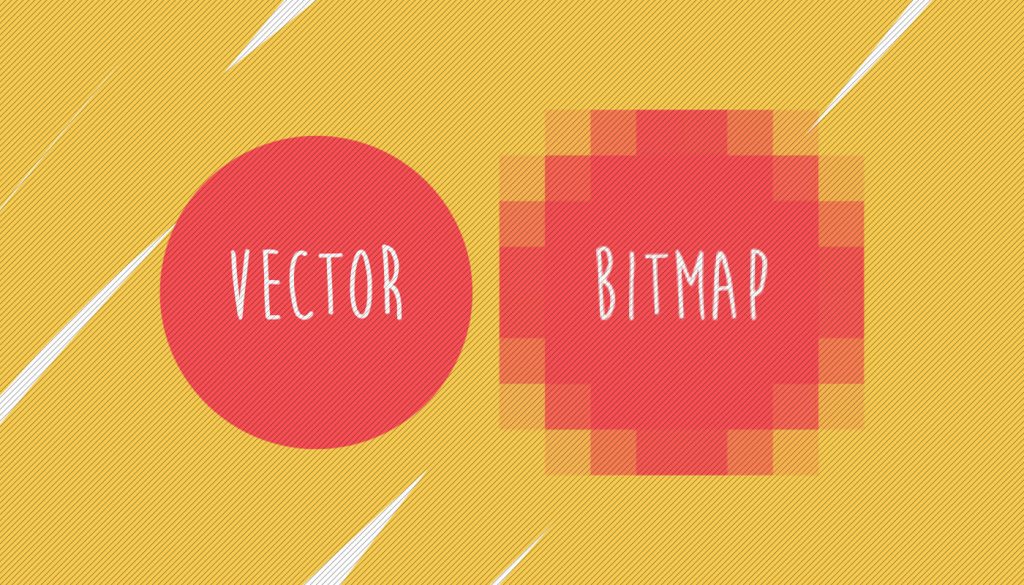
A file in BMP format has its resolution defined by the DPI (Dot Density Per Inch) parameter. This parameter determines how dense the grid that defines the image is. In addition, we normally use 1-bit BMP files, since the laser cannot modulate its intensity from one point to another. This way we create the feeling of a grayscale using larger or smaller dots.
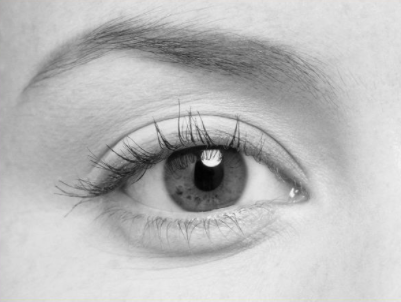
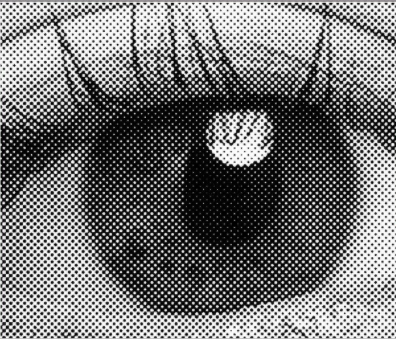
As you can see, the laser is only capable of two states: on or off. This means that, for one of the “pixels” or points of our bitmap file, the laser will be able to engrave or not. This is why, to create the illusion that the image is in grayscale, we play with the density of black dots. The more black dots there are in a region, the darker that region will appear to our eye. Conversely, if an area has fewer black dots, we will see it as a lighter gray area.

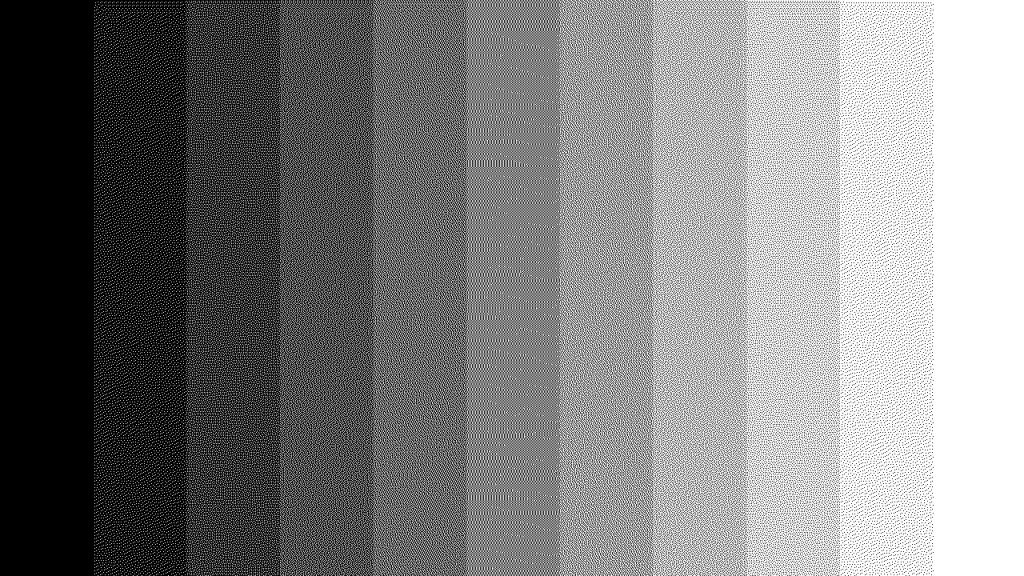
Although it may be hard to believe, this is how the human eye works and, thanks to this, we can laser engrave images using only black dots. Isn’t it amazing?
Engraving or cutting silhouettes using vectors
If you want to engrave a silhouette or cut a part then you must use a vector format. These formats contain the geometry we have defined specified in the form of a vector or curve. This means that no matter how much zooming we do we will never see the pixels, since what is stored in a vector file is the series of curves that form our geometry and its mathematical definition.
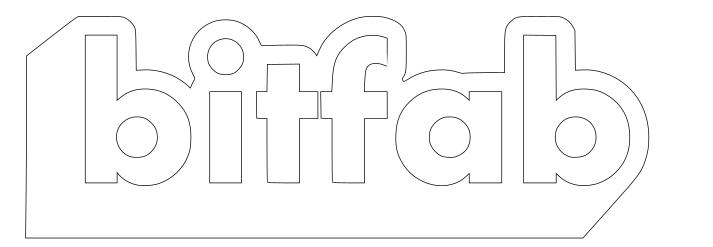
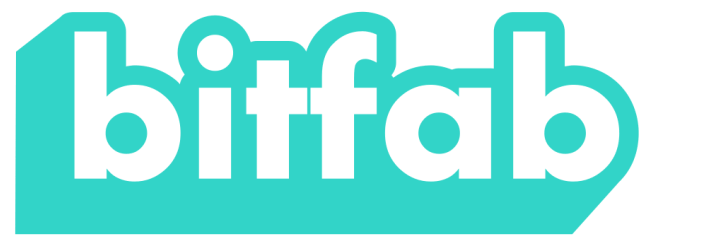
Also, it is important to keep in mind that, even if in your vector design the model has thickness, fill or other properties, all these will be ignored by most software for handling laser cutters or laser engravers.

As you can see, no matter how much we define a thickness for this curve, the laser will ignore it, and the thickness of the curve that results in our engraving will depend on the power of the laser, its focus, speed…
This is why, if what we want is to create an image with a certain fill, then we should opt for a BMP file with a sufficiently high density or DPI. This way we will be able to achieve the desired finish.
There are many vector formats, but we are going to talk about the most common ones.
SVG
The SVG or Scalable Vector Graphics format is an open format, defined by the W3C SVG standard. This format is one of the most common and popular, and is the default format of free vector design programs such as Inkscape.

EPS
The EPS format is possibly the one you will see the most when we talk about vector files, since it is Adobe’s proprietary format used in its Illustrator software, one of the most used at a professional level to create vector graphics. Curiously, this format is also capable of storing text or bitmap images.

DXF
The DXF format is surely familiar to you if you have used any Autodesk program, since it is their proprietary format. This format is mainly used to share Autocad designs or other proprietary software such as Eagle for PCB design and preparation.

Laser cutting at Bitfab
As you know, in Bitab we work a lot with laser cutting. In fact, is one of our favorite technologies. That’s why we are used to work in the most professional way with all the necessary files for the cutting or engraving process.
If you are thinking about a project involving laser cutting or laser engraving and, after reading this article, you still have doubts about how you should prepare your files, do not hesitate to contact us. We will certainly know how to advise you throughout the process that we know can be a bit complicated if you are new to this technology: What format should I use for my specific project? What DPI should I use for my image? What type of vector file should I use?
For any doubts like these…

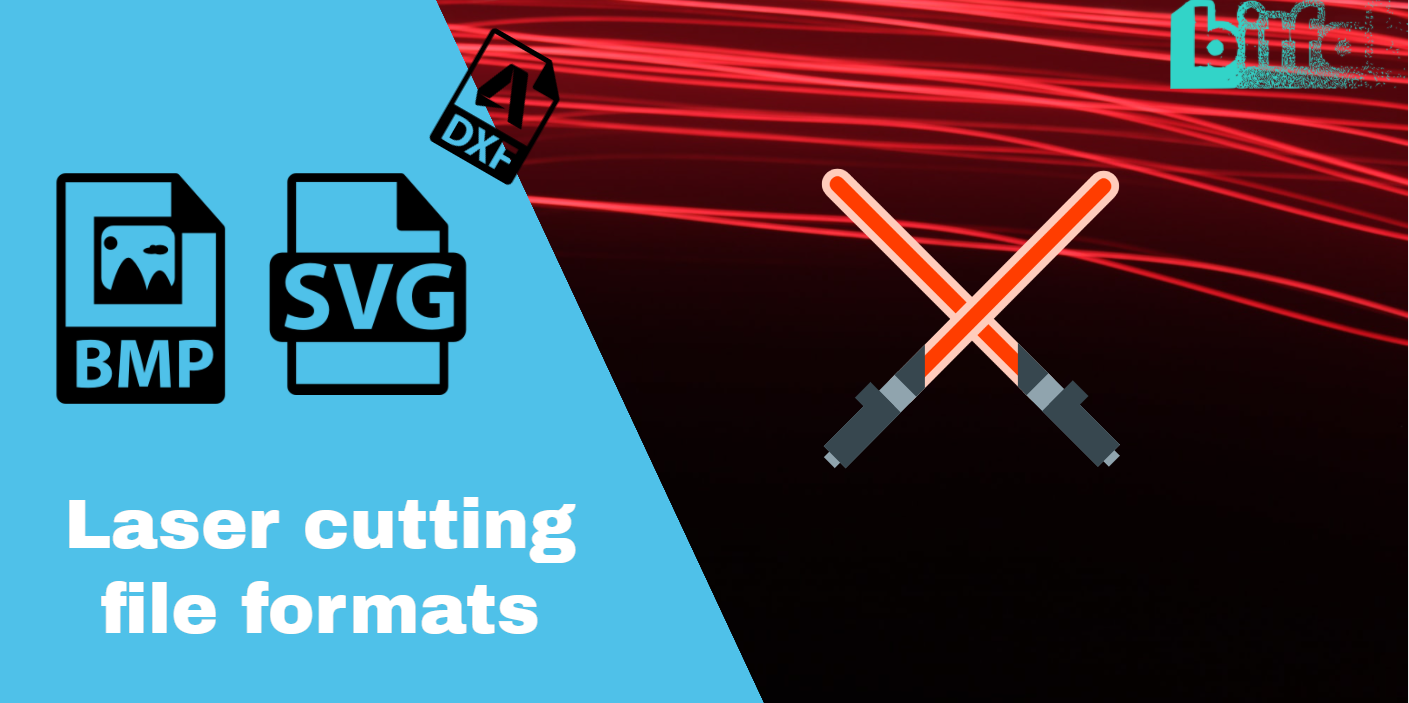
Thank You for this, I prefer SVG over both EPS and DXF since this can be used in different machines easily and almost all software support this file type.